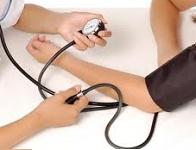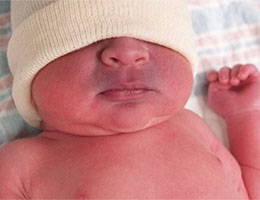condition


A condition, in this sense, is a modification of physiological or psychological state that is considered normal or healthy in a person. The conditions can be noticed through their symptoms and generally require certain actions to treat them.
According to their characteristics, the conditions can be classified in different ways. A kidney disease, to cite one possibility, is a disease or a problem that affects a kidney. The psychosomatic conditions, on the other hand, are those that have a psychic cause but physical consequences (such as when a subject's blood pressure rises due to stress).
Condition can also be action what generates some effect in something else. In other words: there is something that affects something else. Suppose that the authorities of a city announce that, in order to improve the road infrastructure, works will be carried out that will require the interruption of vehicular traffic in certain periods. The government reports, in this framework, that the schedule of affection to traffic in the downtown area it will be from 18 to 20 hours for two weeks.
The attachment and the inclination towards something are other issues alluded to by the concept of affection, according to what is indicated by the dictionary of the Royal Spanish Academy (RAE).
Most common conditions of neonates

Abdominal distension
Although it is normal for a baby's abdomen to appear bulky, especially after large feedings, should never be hard. Therefore, if we notice this symptom Along with a swelling, and we see that he does not go out of his body for more than a day or that he vomits more than normal, it is time to ask for professional help. The diagnosis may indicate a mere problem of constipation or gas, or point to a bowel complication.
Birth injuries
Another very common condition of babies has its origin in the delivery itself, especially when it lasts a long time or has too many complications, something that can also be worse if the child is very large. Some of these injury they are mild, and disappear in a short time without leaving traces; However, a broken clavicle can also occur, for example, and in this case it is necessary to go to a doctor's office.
Blue baby syndrome
The feet and hands of newborn babies may show certain slightly bluish areas, and in most cases this does not lead to any problems, but may be due to the low temperature and disappear as the body warms up. Similarly, when the child cries non-stop for long periods, his lips, tongue, and part of his face may also turn bluish and return to normal. normal once the crying is over. Concerns should begin when the blue does not subside and is accompanied by difficulties with eating or breathing, potential signs of a heart or lung condition.
Leave a Reply